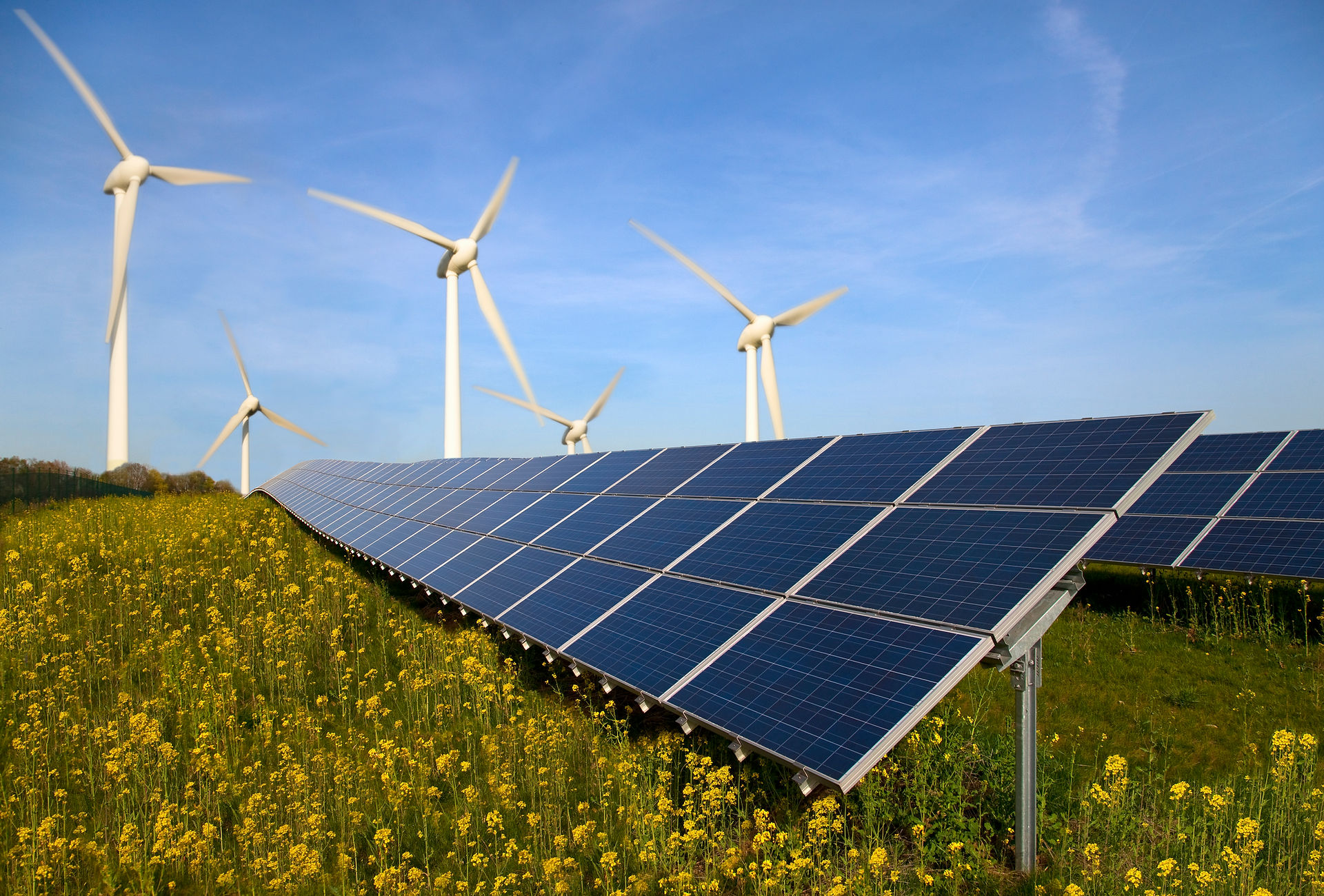L.A.’s Quest to Cut Fossil Fuels

Smog shrouded the Los Angeles skyline last year. Credit Mark Ralston/Agence France-Presse — Getty Images
Los Angeles has suffered the worst ozone pollution of any American city for three years running.
Coastal areas of the city could be swallowed by the Pacific by the end of the century as a warming climate causes sea levels to rise. A natural gas leak in northwestern Los Angeles, finally plugged in February, was the most disastrous in American history.
Small wonder that Los Angeles is joining a growing movement to confront environmental challenges at the local level. As the former New York mayor Michael Bloomberg realized early in his tenure, cities, with their concentrated populations, can play an important role in addressing local air pollution as well as global climate change. (Mr. Bloomberg helped to lead a delegation of mayors from various countries at last December’s global climate summit meetings in Paris, and their presence had much to do with pushing a final agreement over the finish line.)
Moreover, it has proved easier to act locally than to push legislation through Congress, many of whose members publicly question the existence of human-caused climate change, and whose recalcitrance has forced President Obama to use his executive powers to get anything done on climate change or, for that matter, any environmental issue.
Last month, the Los Angeles City Council took an important step toward getting 100 percent of the city’s energy from renewable sources. It is only at the beginning of the process. There is no timeline, but the Department of Water and Power has been ordered to study how the city could reach that goal.
The obstacles are formidable. The city now gets only about a quarter of its energy from renewables, mainly wind. To get to 100 percent, it would need to convert a power grid that relies on coal and gas power plants that can adjust their supply to meet demand into one that can handle the vagaries of solar and wind power.
The city has a helpful partner in the state of California, which has long set aggressive emission-reduction targets. In 2006, Gov. Arnold Schwarzenegger signed legislation to reduce emissions to 1990 levels by 2020. Last month, Gov. Jerry Brown signed legislation — the strongest in the country — that would have California cut emissions to 40 percent below 1990 levels by 2030. While critics worried that emissions regulations would drive businesses out of state, California’s economy is healthy. From 2014 to 2015, California had the highest growth in gross domestic product of any state.
Eighteen cities around the country have committed to the 100 percent goal. San Francisco has pledged to reach it by 2020; Boulder, Colo., by 2030; and Salt Lake City by 2032. Other cities, like Chicago and Denver, are considering making similar commitments.
Los Angeles, the nation’s second-most-populous city, has the potential to serve as an especially powerful role model for other cities, just as California has served as a model for other states and, indeed, the nation as a whole. It has taken a crucial first step by committing to study the issue. The next step will be to develop a realistic but ambitious timeline for the city to end its dependence on fossil fuels.

